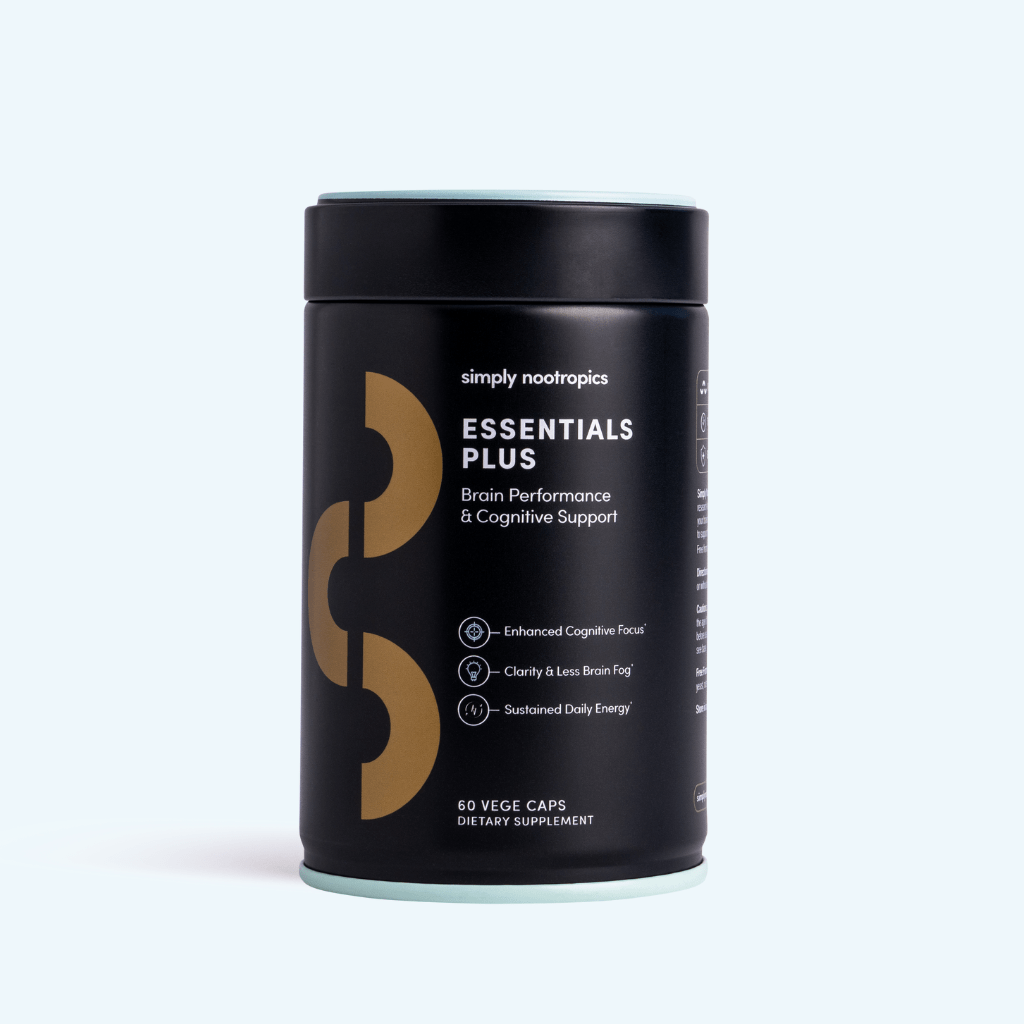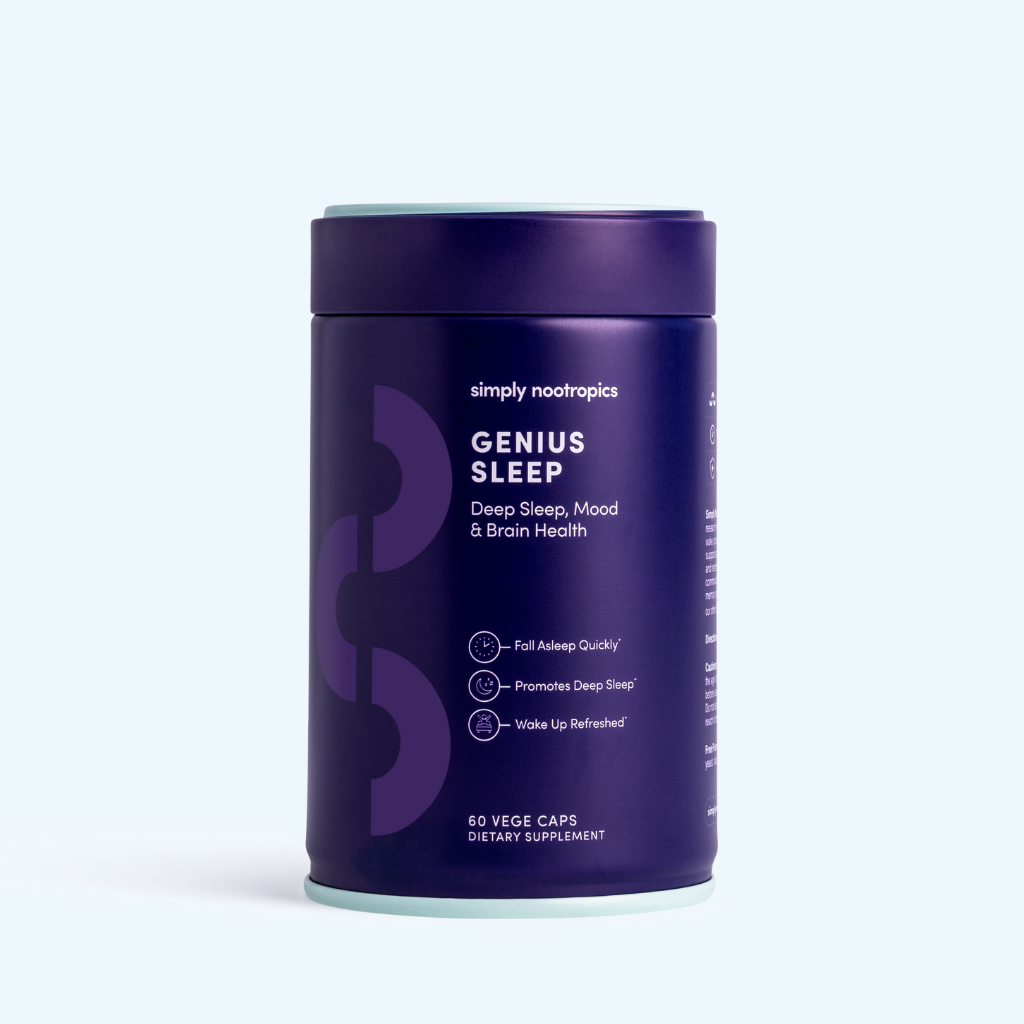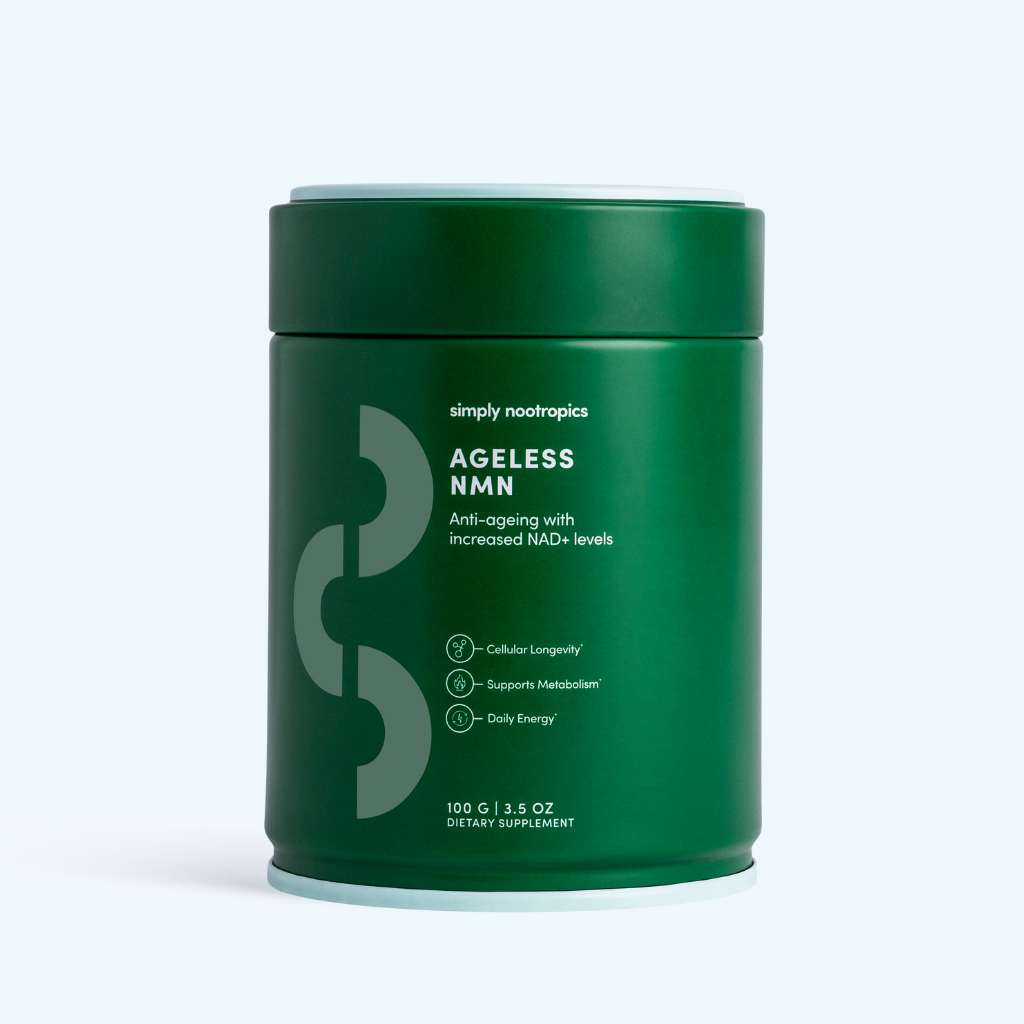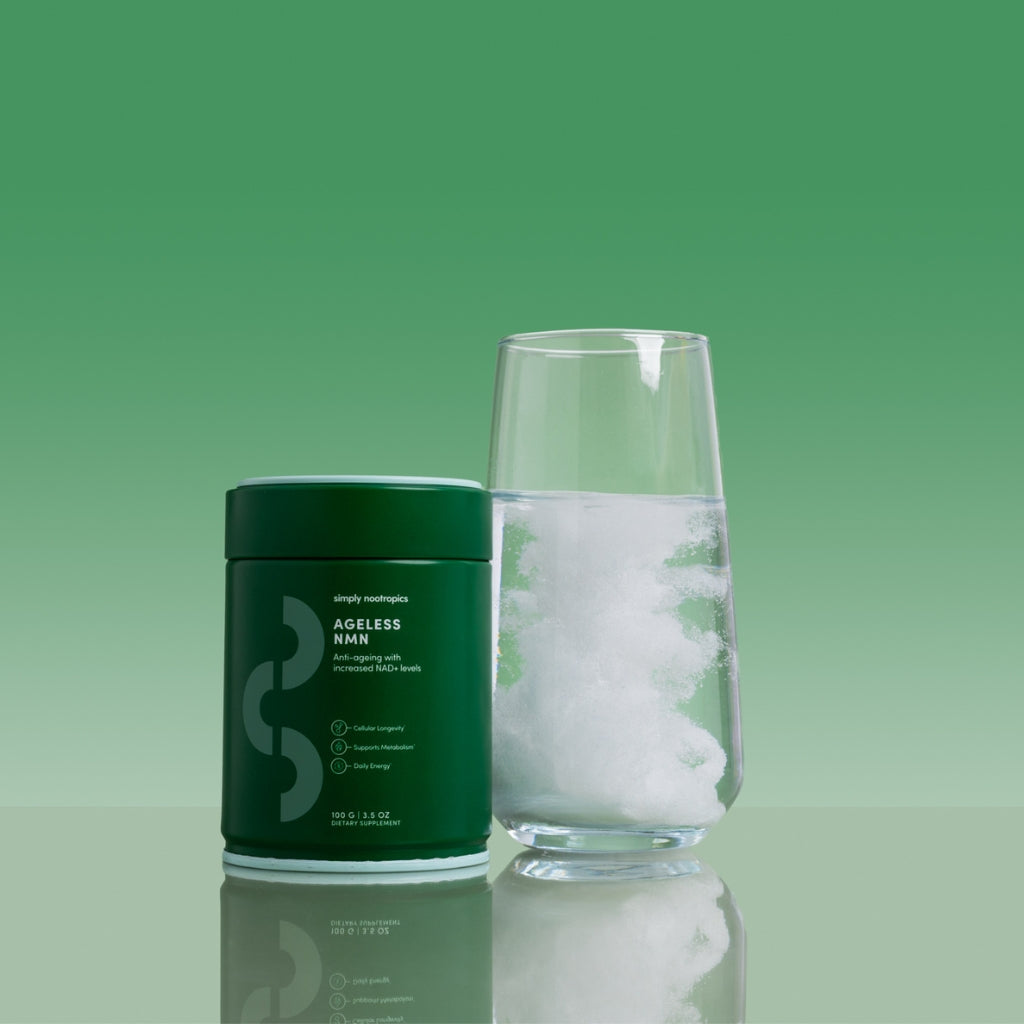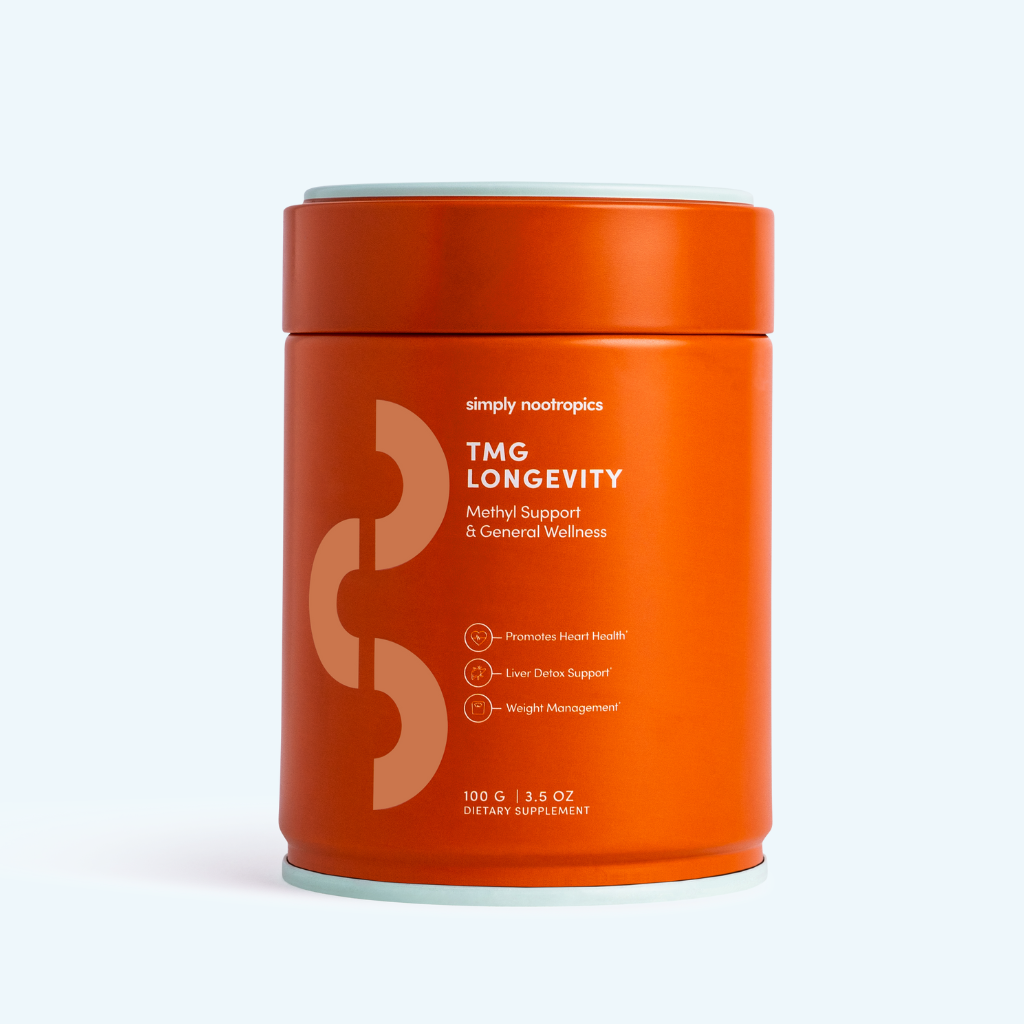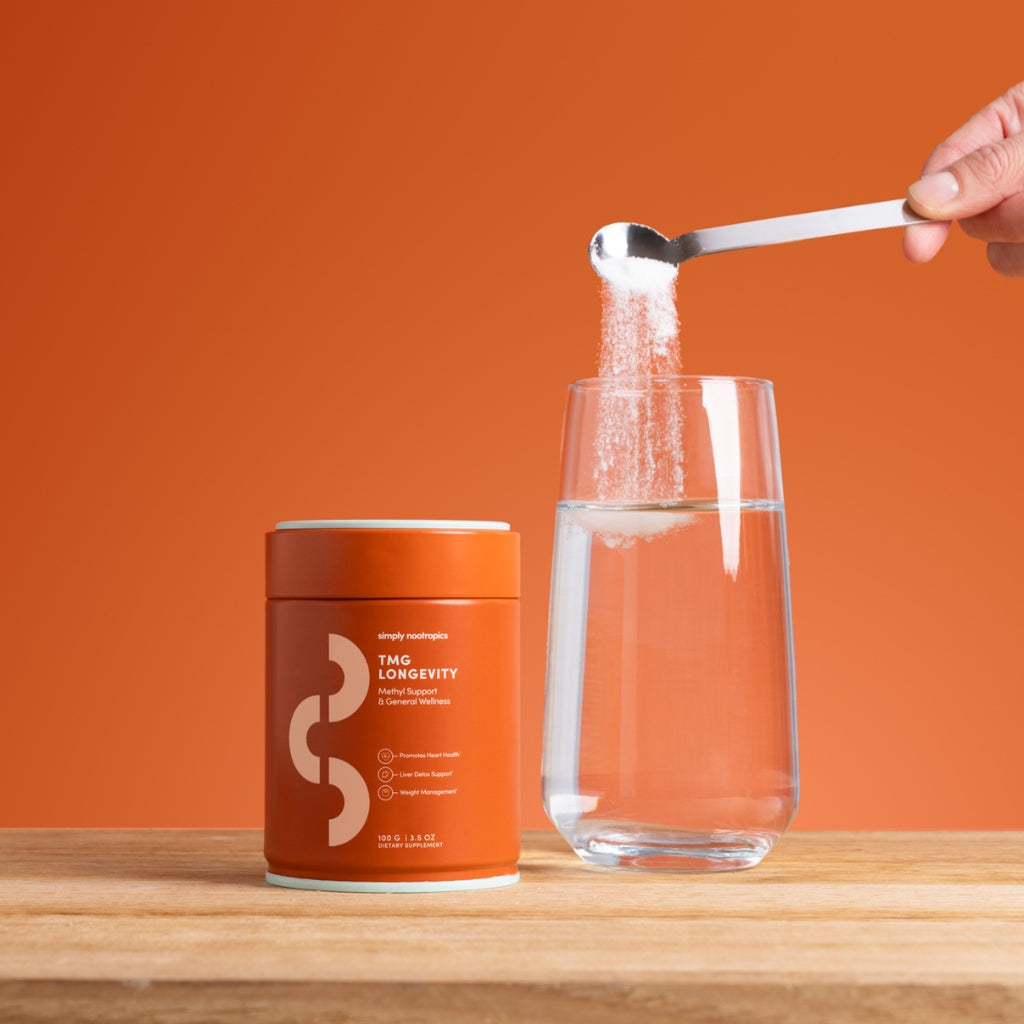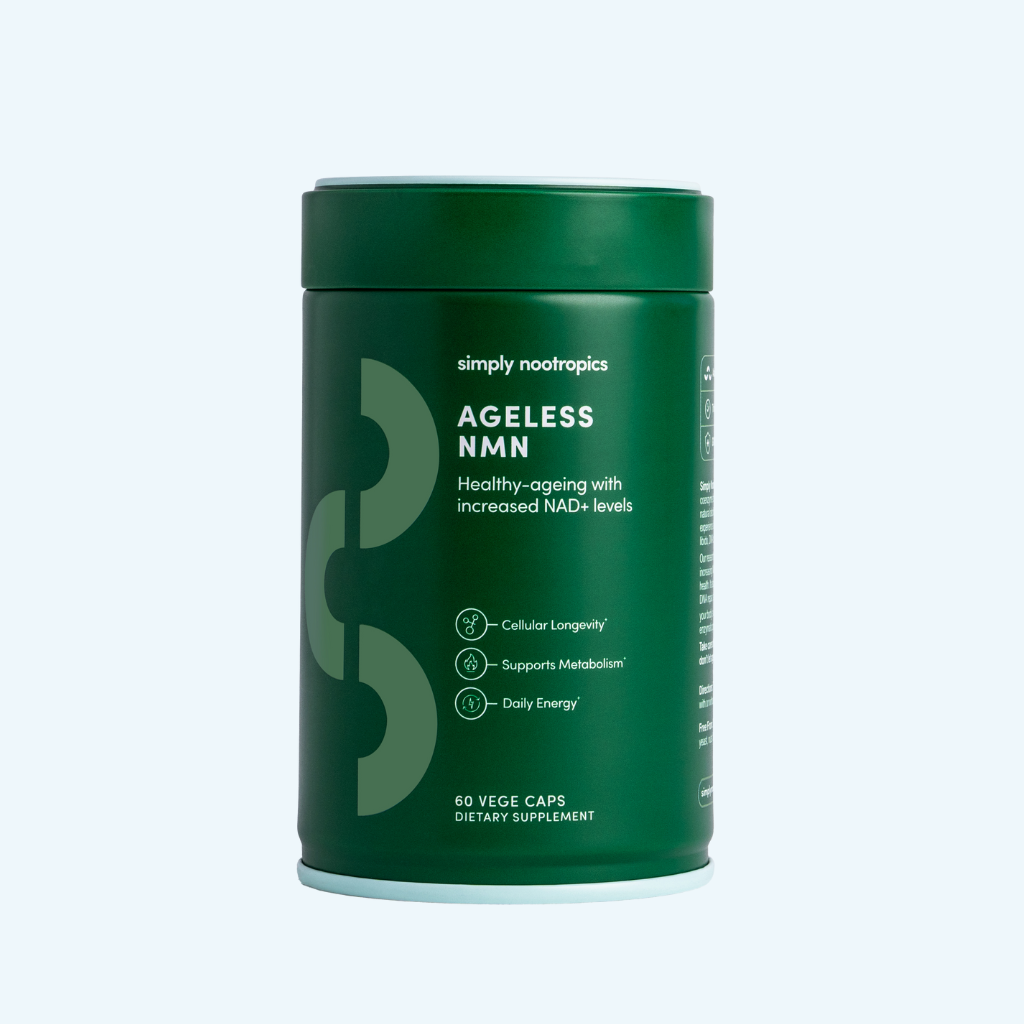When you think about anti-ageing, the first images that come to mind are probably supplements, gym routines, or the latest diet trend. But what if the single biggest predictor of how long and how well you live isn’t inside your body, but outside of it?
Research is increasingly showing that your postcode might matter more than your personal habits. That may sound radical, but across the globe, scientists studying healthspan have found a powerful link between environment and longevity. Two people with similar genetics and lifestyles can age at very different speeds, simply because of the neighbourhoods they live in.
In other words: your neighbourhood could be the ultimate longevity hack, or an actual accelerant of ageing.
Walkability: Building Years Into Your Steps
It’s no secret that regular movement supports long life. But here’s the truth: the most important exercise might not come from gyms, marathons, or high-intensity training. Instead, it’s baked into the everyday design of your environment.
Walkable neighbourhoods (places with footpaths, safe crossings, nearby shops, and public transport) encourage what scientists call non-exercise activity thermogenesis (NEAT). NEAT includes all the small bursts of movement that don’t count as “working out”: walking to a café, carrying groceries, taking stairs instead of lifts.
While each action looks trivial, together they add up to thousands of calories burned per week and lower risk of heart disease. Over decades, that compounds into a profound effect on healthspan.
In fact, studies show that people in highly walkable areas live longer than those in car-dependent suburbs, even if they don’t set foot in a gym. The design of your streets may be adding, or subtracting, years from your life.
Longevity takeaway: If you’re stuck in a car-heavy neighbourhood, you can “hack” NEAT by designing movement into your day: walking calls, stair breaks, or even a daily walk to a further bus stop.
Air Quality: Another Ageing Accelerator
Air is invisible, but its effects are anything but. Air pollution is now considered one of the strongest environmental drivers of ageing, linked to everything from cardiovascular disease to cognitive decline. Microscopic particles damage DNA, accelerate telomere shortening, and fuel chronic inflammation, all processes directly tied to biological ageing.
On the flip side, exposure to clean air, especially in areas rich in greenery, is associated with slower lung decline and stronger immune resilience. Some evidence suggests that relocating from polluted to green neighbourhoods can improve respiratory health within just a few years.
Longevity takeaway: You can’t control your city’s pollution, but you can clean up your personal air. Indoor plants, air purifiers, and spending more time in parks or green corridors are micro-hacks to buffer against invisible cellular stress. Pairing this with NAD⁺-supporting supplements can also help cells repair damage more effectively.
The Food Landscape
Nutrition is a cornerstone of anti-ageing science. But what often gets ignored is how much our diet is shaped by our environment.
Neighbourhoods known as food deserts (areas with limited access to fresh, nutrient-rich food) push residents towards highly processed, calorie-dense options. Over time, this accelerates weight gain, and chronic disease, all of which speed up ageing at the cellular level.
Contrast that with neighbourhoods that host farmer’s markets, affordable fresh produce, and a culture of local food. Residents there are more likely to eat fibre-rich, antioxidant-packed diets, the kind of nutrition repeatedly shown to extend healthspan.
Longevity takeaway: If your local foodscape is limited, you can counteract it with a longevity pantry at home, stocking whole grains, nuts, legumes, and supplements that cover key gaps.
Connection and Community
If there’s one factor that consistently appears across the world’s Blue Zones, the regions where people live the longest, it’s social connection. People embedded in tight-knit communities, with strong ties to neighbours, friends, and family, enjoy dramatically longer healthspans.
The biology of community life is striking. Social connection reduces stress hormones, improves immune function, and even strengthens cardiovascular health. Loneliness, meanwhile, is considered as harmful as smoking 15 cigarettes per day in terms of mortality risk.
Your neighbourhood and community life play a direct role here. Communities with open spaces, local cafés, and social traditions encourage connection. Neighbourhoods designed around isolation, with long commutes, closed-off homes, no shared spaces, can quietly shorten lives.
Longevity takeaway: If you can’t move, you can build connection. Start with micro-actions: greeting your neighbours, hosting a weekly dinner, or joining a local walking group. Each bond is a layer of protection against the biology of ageing.
Stress Architecture
The architecture of your environment directly influences your biology. Neighbourhoods with constant noise, poor lighting, overcrowding, or lack of greenery activate a constant low-level stress response. Elevated cortisol fuels inflammation, weakens the immune system, and accelerates cellular ageing.
By contrast, neighbourhoods with quiet streets, green spaces, and calming design support the parasympathetic nervous system, the body’s natural “rest and repair” mode. A simple walk through a park has been shown to lower blood pressure, improve heart rate variability, and enhance mood.
Longevity takeaway: Even if you live in a high-stress neighbourhood, you can carve out micro-oases: a balcony garden, noise-reducing headphones, or a daily walk in the greenest space you can find.
Longevity is Bigger Than the Body
Anti-ageing science often zooms in on the microscopic: mitochondria, telomeres, epigenetic switches. But the macro matters just as much. A neighbourhood that supports movement, nutrition, clean air, and connection literally builds longevity into your daily life without you realising it.
And while not everyone can choose their neighbourhood, you can hack your environment from the inside out:
-
Create a walkable life even in car-heavy suburbs.
-
Buffer pollution with indoor air strategies.
-
Build a kitchen designed for nutrition, not temptation.
-
Invest in community life as much as you do in other health support.
-
Rewire stress with micro-oases of calm.
Bringing It All Together
The way our cities and neighbourhoods are built affects the pace of ageing for millions of people at once. That’s why the future of anti-ageing will need both personal hacks and systemic shifts: better-designed cities, greener neighbourhoods, and public health policies that make longevity accessible.
Until then, your job is to build resilience where you can. Optimise your micro-environment. Support your cells with evidence-backed supplements like NMN and TMG to reinforce energy production and DNA repair. These two compounds complement each other in a way that mirrors the balance you strive for in your environment.
Ageless NMN works to replenish declining NAD⁺, the molecule that fuels mitochondria, so even if pollution, poor sleep, or daily stressors chip away at your energy, your cells have the resources to keep going. TMG, meanwhile, supports methylation, a process critical for repairing DNA and managing homocysteine, a marker tied to cardiovascular health. And when you choose Ageless NMN Powder, you’ll also receive TMG Powder free, the perfect pairing to strengthen your longevity routine from the inside out.
Together, they help create a biological “buffer zone,” so that even if your neighbourhood isn’t always designed for longevity, your body is still protected at the cellular level.



